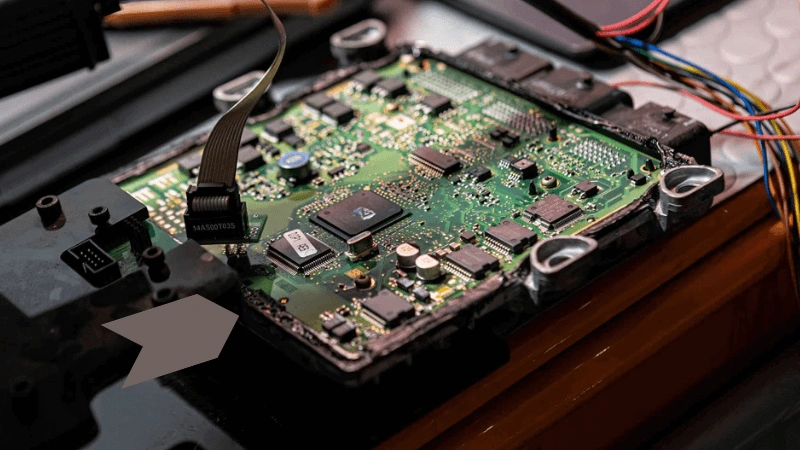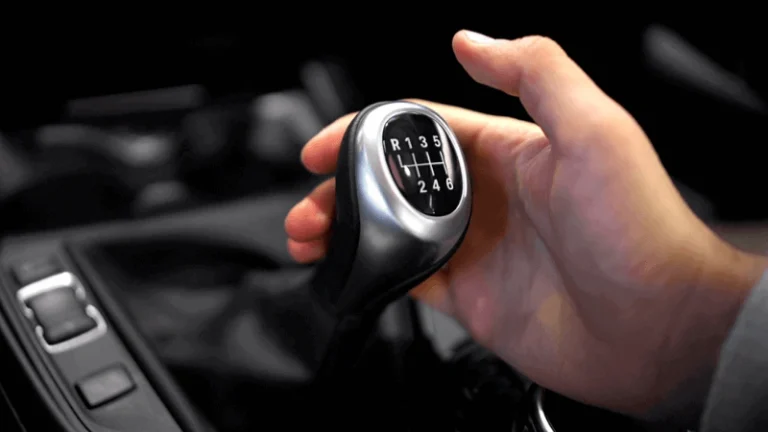Reset car computer in modern vehicles that rely on the ECU (Engine Control Unit) or car computer for the smooth running of the cars. It is a device that controls emissions, fuel burning, and overall efficiency by receiving signals from the car’s sensors.
It is also called the car computer or ECM (Engine Control Module). It is the central processing unit of a car, just like a CPU. If you experience changes in the running of your car or the engine light comes up on the dashboard, you need to reset the internal car computer. Engine stalling and poor fuel efficiency may also trigger the need to reset the ECU of the car.
First, make sure you have fixed the pre-existing mechanical issues like brake fluid leakage, engine overheating, head gasket problems, or faulty fuel pump. Reset only clears error codes, not addressing mechanical issues.
How to Reset Car Computer Manually ?
You can manually reset the car computer system without using a scanner. It is simple but still needs your careful attention because any minor negligence may lead to a costly repair.
Manually resetting the ECU has several methods. All these methods are stated one by one. Please read them and use the method that you find convenient and beneficial for you.
Disconnecting the Battery
Disconnecting the battery can reset the ECU of the car, but you must do it in an appropriate and recommended manner. It has terms and conditions, which are stated here:
- Make sure your car is switched off completely.
- Now, open your hood and locate the battery.
- First, look for the negative terminal of the battery.
- The negative terminal is black and usually marked with a negative sign.
- Use a wrench to remove the nut joining the cable with the negative terminal of the battery.
- Then, remove the positive terminal of the battery.
- Leave the car for one minute or more.
- Thereafter, attach the positive terminal to the battery first, then the negative terminal.
- Leave the car to start for some time so the car computer can read the car codes again.
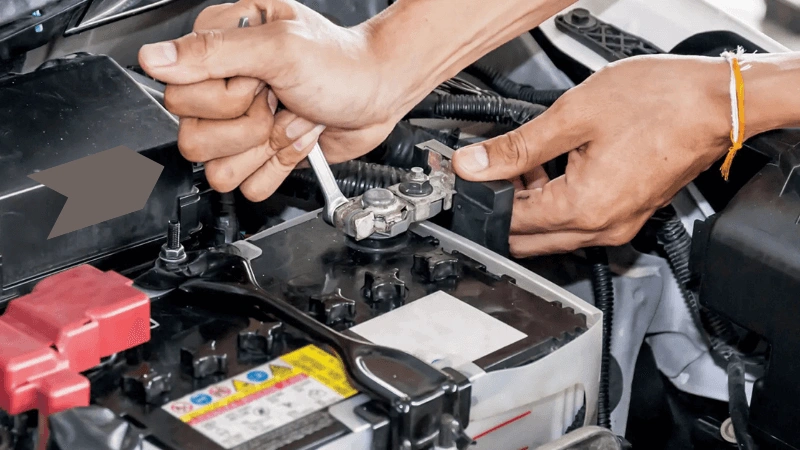
Using the Key Method
Another method to reset the car computer is using the car key. It is easy and may help reset the internal computer of the car. Follow these simple steps:
- Insert the key and turn on the ignition (do not start the car).
- After 10 seconds, turn the ignition off.
- Turn the ignition on again for 10 seconds.
- Repeat this process three times, then turn off the car for 5 minutes.
- Now, start your car and let it run for 5 to 10 minutes so the ECU can read and accommodate the mechanical changes.
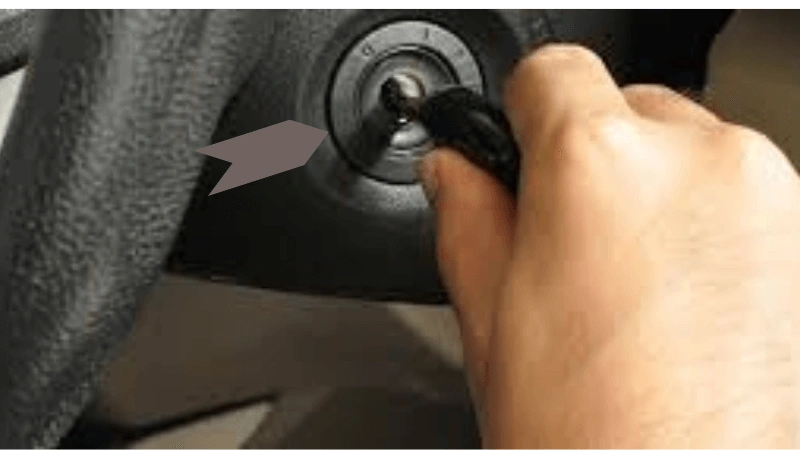
Removing the ECU Fuse
If you don’t know how to reset your car computer without removing the battery terminals or using a scanner, let’s gain knowledge about it. You can easily reset the ECU by manually removing the fuse. For this, you need to have the user manual because it will provide the location of the ECU or ECM in the fuse box. Thereafter, follow the steps given below:
- First, locate where the fuse box is fitted. It can be in the hood or under the steering area.
- Find the fuse labeled as ECU, ECM, or PCM.
- Remove that fuse.
- Wait for ten minutes, then install the fuse back into the box.
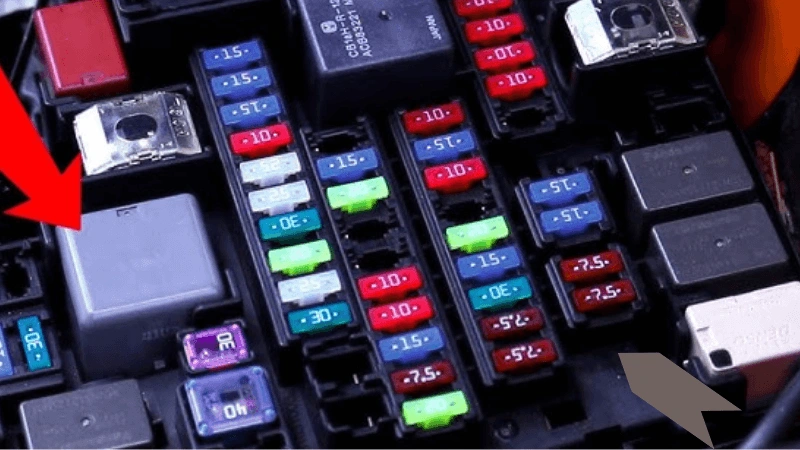
How to Reset Car Computer by Using a Scanner?
You can reset the car computer with a scan tool. For this, you need to have an OBD scanner tool, which reads the codes in the car computer and clears them. Follow these steps if you are using a scanner tool for ECM:
- First, locate the diagnostic port, then plug the scanner into it.
- The scanner will start reading the codes. You need to follow the instructions given by the scanner.
- Click on the option “Reset ECU” or “Clear Codes.”
- After completing the task, switch off your car.
- Start your car and let it run for 10 minutes.
- After doing this, your car will be error code-free, and you will get perfect efficiency from the machine.
After doing this, your car will be error code-free, and you will get perfect efficiency from the machine.

When to Set Your Car Computer?
You need to reset your car’s computer if any of the following actions have been performed on the car. The circumstances are stated below one by one:
After an Oil Change
Some modern cars require an ECU reset after an oil change to ensure the smooth operation of the engine. This allows the car’s computer to detect when the next oil change is due.
The car’s computer controls and manages various operations of different parts, making it necessary for some vehicles to have a computer reset after an oil change.
To Clear the Check Engine Light
Sometimes, after repairing and maintaining the car, the engine light comes on the dashboard. For this, an ECU reset is done.
To Pass the Emissions Test
The ECU controls the ignition and exhaust system of the car. Sometimes, due to old data and errors, the ECU can’t optimize the exhaust system. For this, an ECU reset is done. This can help control the emission system of the car to normal levels.
After Repairs or Performance Modifications
After repairing, maintaining, or modifying the car, the ECU may still be working with old data. The ECU has trouble reading due to new parts or changes in the existing parts.
As a result, the engine light may come on, or you may experience poor performance. For this, you need to reboot the ECU. After rebooting, the ECU will collect data from the new parts and settings. That’s why this is done.
After Replacing the Battery
Once you disconnect the battery from the car, the ECU may lose the data stored. This can create problems in the smooth functioning of the car. After reinstalling the battery, if you reset the car’s computer, the ECU will relearn the data and set parameters for the smooth running of operations.

